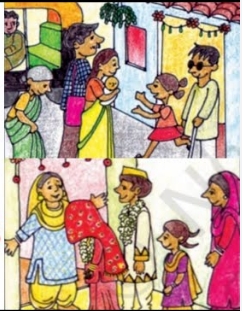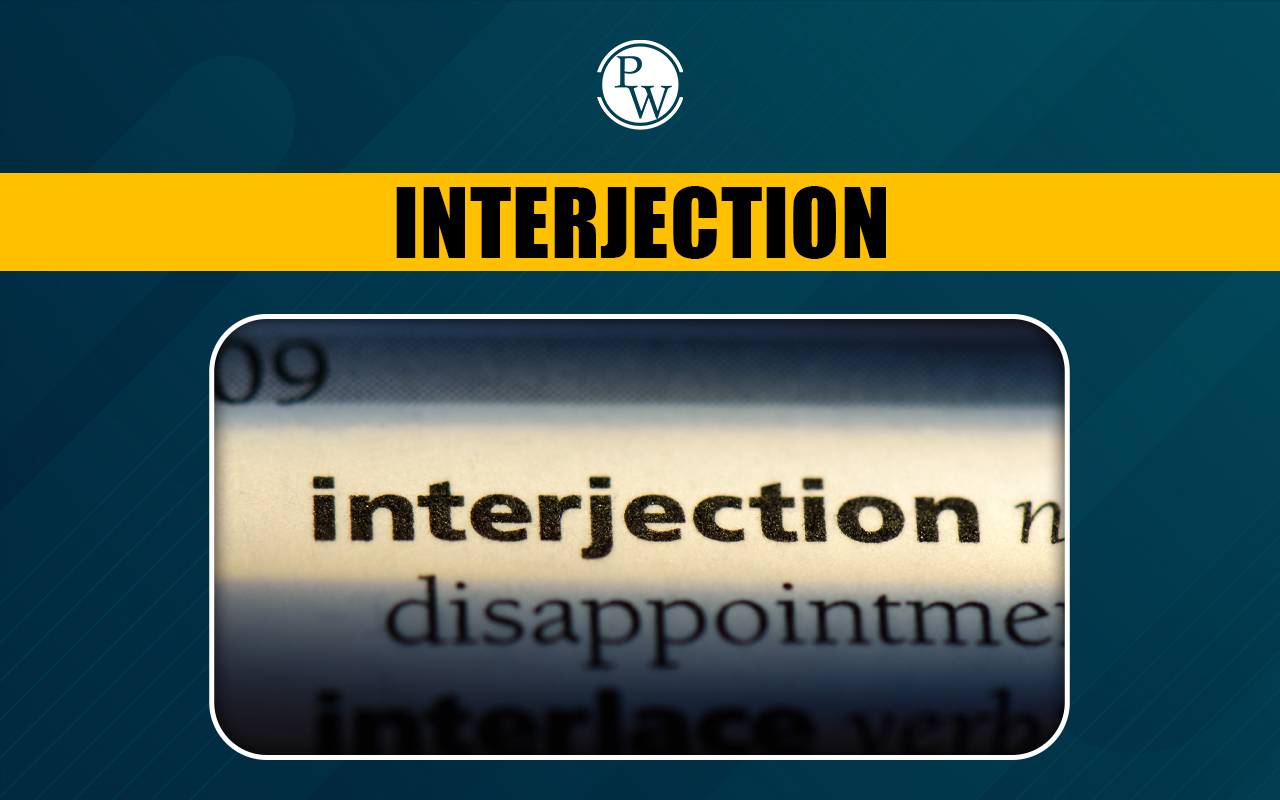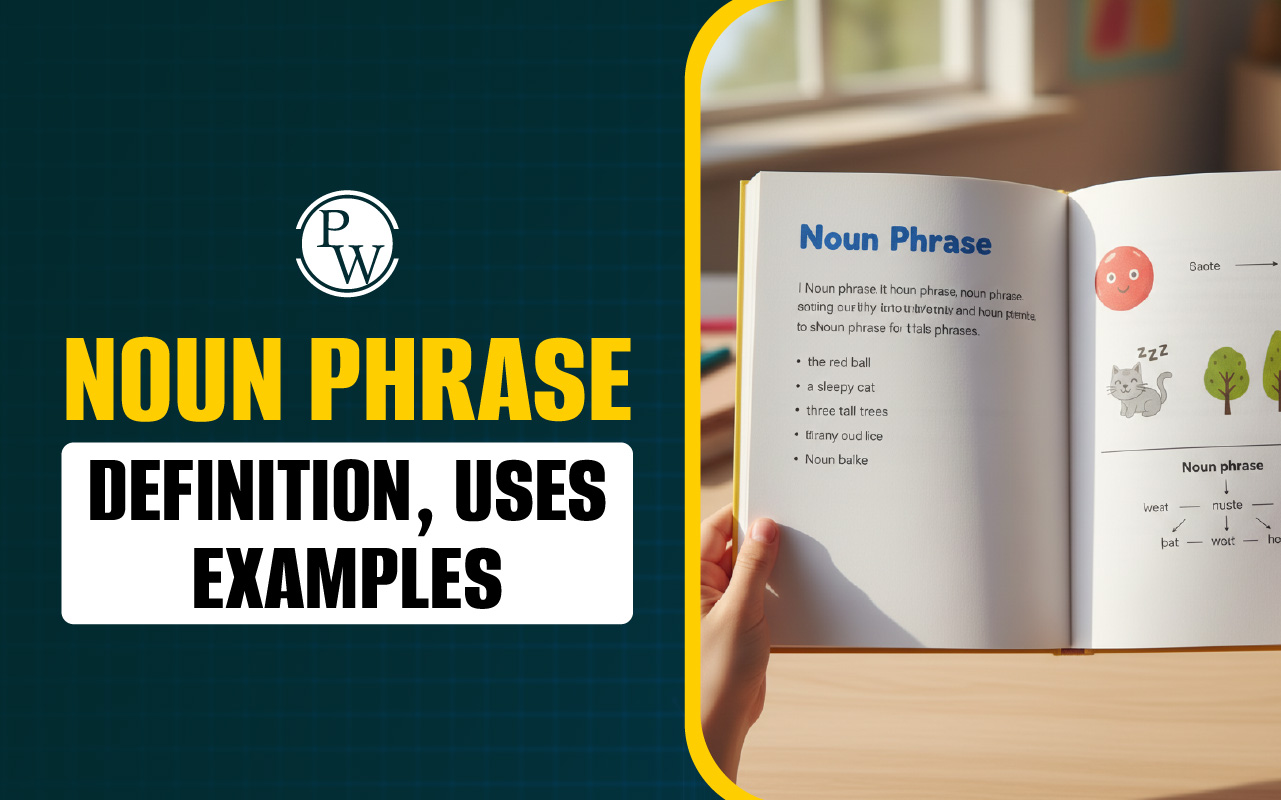
NCERT Solutions for Class 4 EVS Chapter 9: Changing Families, NCERT Solutions for Class 4 EVS Chapter 9, is a chapter from the NCERT book that the CBSE has recommended. You may obtain Class 4 notes, PDFs, NCERT science books, textbooks, and other study materials here.
Students can study the chapter NCERT Solutions for Class 4 EVS Chapter 9 Changing Families here, which is presented in an engaging manner using real-world experiences.NCERT Solutions for Class 4 EVS Chapter 9 Overview
NCERT Solutions for Class 4 EVS Chapter 9, "Changing Families," explores how families evolve and adapt over time. The chapter discusses different types of families, such as nuclear and joint families, and highlights how family structures can vary across cultures and regions. It also emphasizes the importance of understanding and respecting these differences. The NCERT Solutions for Class 4 EVS Chapter 9 provides clear explanations and engaging activities to help students comprehend these concepts effectively. By studying this chapter, students not only learn about the diversity of family setups but also develop empathy and respect for various family dynamics in society.Related links-
NCERT Solutions for Class 4 EVS Chapter 9 PDF
Here are the NCERT Solutions for Class 4 EVS Chapter 9, which can give students more confidence in their ability to do well in their final exams. Students who use the NCERT Solutions reference guide succeed academically.NCERT Solutions for Class 4 EVS Chapter 9 PDF
NCERT Solutions for Class 4 EVS Chapter 9 Changing Families
Below we have provided NCERT Solutions for Class 4 EVS Chapter 9 for the ease of the students -Look at the pictures and write
1. Who were the members of Nimmi’s family before the arrival of her baby sister?
Answer:
Father, mother, grandmother, and uncle are the members of Nimmi’s family before the arrival of her baby sister.2. How many members are there in Nimmi’s family now?
Answer:
There are six members in Nimmi’s family now.Let us talk
1. How do you think the lives of Nimmi’s family members have changed after the arrival of the new baby? For example –
(a) How will Nimmi spend her day now?
Answer:
From now on, Nimmi will play with the newborn all day.(b) What new work will her mother do now?
Answer:
Her mother's new task will be to take care of the newborn.(c) There will be a change in the daily work of Nimmi’s father, grandmother, and uncle with the arrival of the new baby. Can you tell me how?
Answer:
To help Nimmi's mother, her father, grandmother, and uncle will now devote more time to playing with and tending to the newborn.2. Has a small brother or sister been born in your home or any house in your neighborhood?
Answer:
Yes, my neighbor gave birth to a little sister at their home.(a) How does it feel to have a new baby at home?
Answer:
Everyone was content at home.(b) How have things changed at home with the new baby?
Answer:
Everyone at home was making plans to purchase the baby's essentials and make other arrangements. The mother was getting help from everyone in the house to care for the newborn.3. Find out all about the youngest child in your home or the home of a relative. Then write –
(a) When was the baby born?
Answer:
The baby was born a week ago.(b) Is the baby a boy or a girl?
Answer:
It is a boy.(c) How are you related to him or her?
Answer:
I am his neighbor.(d) Where was the baby born?
Answer:
The newborn was welcomed at a hospital.(e) Who does the baby look like?
Answer:
The infant has a greater resemblance to his father.(f) What is the color of his or her hair?
Answer:
The color of his hair is black.(g) What is the color of his or her eyes?
Answer:
The color of his eyes is black.(h) Does the baby have any teeth?
Answer:
No, he doesn’t have any teeth.(i) What do we feed the baby?
Answer:
We feed the baby milk.(j) What is the baby’s height?
Answer:
The baby’s height is about two feet.(k) How many hours a day does the baby sleep?
Answer:
The infant sleeps for over fourteen hours.(l) What different sounds does the baby make?
Answer:
The infant makes a variety of additional noises in addition to crying.(m) Who does the baby stay with most of the time?
Answer:
For the most part, the infant remains with the mother.New Place

1. When Tsering’s father showed the letter to his family, how do you think the different members would have felt?
Answer:
The news that Tsering's father had been promoted made the entire family very happy. Tsering was delighted to move to a new town. However, Tsering's mother, father, and grandparents were a little concerned about setting up the move to the new town.2. What will change in Tsering’s family after his father’s transfer? For example –
(a) Who from Tsering’s family will live with his father in the new place? Which school will Tsering go to now? Will he have new friends?
Answer:
In the new residence, Tsering, his sister, and his mother will reside with his father. Tsering has been assigned to a new school. In the new school, Tsering will indeed make new pals.(b) Has anybody in your family moved to a new place because of work?
Answer:
Yes, my uncle's job required him to relocate to Bangalore.(c) What do you feel about this change?
Answer:
One's life is full of opportunities for change. It makes sense. Additionally, it's typical to relocate for work. We ought to be grateful for the opportunity to travel to a new location.3. Is there anyone in your class or school who has come to your school from another place? If so, talk to him or her.
Answer:
Yes, a boy named Aman in my class shifted from another city 3 months ago.(a) Where has she or he come from?
Answer:
He came from Gujarat.(b) What was his or her old school like?
Answer:
His old school was so green and big. He also had a lot of friends there.(c) What does he or she find different here?
Answer:
For him, everything here is novel. He gets excited about new things all the time—new food, new friends, new language, new people.(d) Does he or she like the change?
Answer:
Yes, he likes the change.It’s a Wedding
Let us Talk
1. Do you think that there will be any change in Nazli’s family after this wedding? What will change?

Answer:
Yes, following this wedding, things will indeed change in Nazli's family. Nazli's family has expanded, and she now has a new sister-in-law.(a) Do you think there will be changes in the home from where the new bride has come? What kind of changes?
Yes, there will be alterations made to the house the new wife has come from. Her family back home will miss her. It is now necessary for the family to work harder at making up for the areas in which she was supporting them.(b) Talk to your mother and aunts in the family. Ask them about where they lived before they got married.
Answer:
Before being married, they resided with their parents and siblings.(c) Who were the members of their families then?
Answer:
Before being married, she shared a home with her mother, father, sister, and brother in her family.(d) Has anybody in your family been married recently? Who?
Answer:
Yes, my cousin got married recently in my family.2. Talk to your classmates and write all about what happens during weddings in their families.
(a) What kind of special food is cooked?
Answer:
During the wedding, a range of traditional meals were prepared in addition to desserts.(b) What special clothes do the bride and bridegroom wear?
Answer:
The bride looked stunning with a blue dupatta lehenga and choli. The groom donned a sophisticated Shervani and pagri.(c) What kinds of songs and dances are performed at weddings?
Answer:
Traditional, folk, melodic, and contemporary music and dances are performed at weddings.3. What did you see at the wedding that you attended?
Answer:
I saw that lights and flowers were used to decorate the pandals and the home. Wandering around taking pictures and recording videos are photographers. The guests were offered a diverse range of delicacies and pastries. Everyone appeared stunning in their new attire. There were also plans for fireworks.Page: 72 – 73
1. Write down the reasons for these changes.
(a) In Nimmi’s family –
Answer:
The new baby's birth was the reason for the alteration. A new family member joined them.(b) In Tsering’s family –
Answer:
Tsering's father had to relocate to a different city after receiving a promotion at work. Tsering's family was eagerly getting ready and poised to take on the upcoming obstacles.(c) In Nazli’s family –
Answer:
A new member joined Nazli's family when her older cousin's brother got married. She was the sister-in-law of Nazli.2. There can be many reasons for changes in families. Can you think of some more reasons?
Answer:
A family may change for the following reasons: A family member heading off to college. - The potential relocation of a relative to live with the family. - A family member passing away.3. Talk to three old people – one from your family, one from your friend’s family, and one from a family in your neighborhood. Ask them these questions and fill in the table.
| Question | Your family | Friend’s family | Neighbour’s family |
| – Since how many years has your family been staying here? | |||
| – Where did your family live before coming here? | |||
| – How many members are there in your family today? | |||
| – How many members were there in your family 10 years ago? | |||
| – What were the reasons for the changes in your family in the last 10 years? | |||
| – How do you feel about all these changes? | |||
| – What problems do you face with changes in technology? |
Answer:
| Question | Your family | Friend’s family | Neighbour’s family |
| – Since how many years has your family been staying here? | 20 years | 15 years | 20 years |
| – Where did your family live before coming here? | Gujarat | Haryana | Haryana |
| – How many members are there in your family today? | 5 | 7 | 6 |
| – How many members were there in your family 10 years ago? | 8 | 8 | 7 |
| – What were the reasons for the changes in your family in the last 10 years? | Transfer of my Father | Transfer | Transfer |
| – How do you feel about all these changes? | I'm thrilled for the newest member of the family and am looking forward to moving to a new city. | Worried about Adjustment | Excited |
| – What problems do you face with changes in technology? | Interaction among the family was reduced. | Instead of playing in the fields, the youngsters are playing with cellphones and tabs inside the house. | Technological Problems |
My family – Yesterday, Today, Tomorrow….
1. All families change in some way or the other because of different reasons. Has your family changed too?
Answer:
Yes, there have been a lot of changes in my family as well.2. When your grandmother and grandfather were children like you, was your family just like it is today?
Answer:
It wasn't the same, no. They shared a village home with numerous family members.3. You had also drawn a family tree of your own family. Let us again draw the family tree of last year in your notebook.
Answer:

4. Ask your grandmother or grandfather how many members were there in their family when they were your age. Then draw a family tree in your notebook of their family when they were young.
Answer:
Below is the family tree of my grandfather.
5. Can you see yourself, your brother or your sister, your mother or your father anywhere in this family tree?
Answer:
I can only see my father in the above family tree.6. Now, draw a family tree of your present family in your notebook.
Answer:

7. Can you see yourself anywhere in this family tree? Who are the members of your family today? Where are your grandparents?
Answer:
Indeed, I recognize myself in the lineage. My brother, my mother, and my father make up my family now. In the village where I was raised, my grandparents reside.Let us talk
Can you tell in what ways the family tree of your grandmother or grandfather in their childhood is different from your family tree today?
Answer:
The family tree of my grandfather is bigger as compared to my family tree.Going Back to School
1. Up to which class do you want to study?
Answer:
Till Graduation2. Up to which class have your parents studied?
Answer:
My Mother is Post Graduate and My father is an Engineer.3. Till which class did your grandmother get a chance to study?
Answer:
My grandmother got a chance to study till Class 10.4. At what age did your grandmother get married?
Answer:
At the Age of 18 Years.5. Have you heard of a Law that talks about the ages before which girls and boys must not get married?
Answer:
Yes, I am aware of the law, which states that girls and boys under the age of 18 cannot get married before the age of 21.Find out and write
1. Are there any such children in your neighborhood who had to drop out of school? Do they want to go back to school?
Answer:
Yes, there was a boy in my neighborhood who had left school early because of issues with his family. He is eager to return to school.2. What are they doing these days?
Answer:
Being the only child in his family, he works to support them financially.3. Has anybody in your family got married recently? Who?
Answer:
Yes, my elder cousin's brother got married recently.4. What was the age of the bride and the groom?
Answer:
The bride and groom were twenty-four and thirty years old, respectively.5. What kind of dresses did they wear?
Bride ________________
Groom ________________
Answer:
Bride – A beautiful lehenga and choli with a green dupatta Groom – A classy Shervani and pagri6. What kind of dishes were there? Name them.
Answer:
During the wedding, a range of traditional dishes were prepared, including pulao, masala dosa, and curries, as well as sweets like gulab jamun, jalebi, and Mysore Pak.Benefits of NCERT Solutions for Class 4 EVS Chapter 9
NCERT Solutions for Class 4 EVS Chapter 9 "Changing Families" offers several benefits for students:Understanding Concepts : These solutions help students understand the key concepts covered in the chapter, such as the different types of families and how they change over time.
Clarity of Content : NCERT Solutions provides clear explanations and interpretations of the content presented in the textbook. This clarity aids in better comprehension and retention of information.
Structured Learning : The solutions are structured in a way that follows the CBSE curriculum guidelines, ensuring that students cover all the important topics and themes related to changing families.
Practice and Application : They include exercises and questions that encourage students to apply their knowledge and critical thinking skills. This helps in reinforcing what they have learned and in developing problem-solving abilities.
NCERT Solutions for Class 4 EVS Chapter 9 FAQs
What are the reasons for these changes in Nimmis family?
How do you think the lives of Nimmi's family members have changed after the arrival of the new baby for example?
Why does Nanditas' maternal uncle have to change his house?
Is NCERT Solutions for Class 4 EVS Chapter 9 Changing Families helpful?
Can I use NCERT Solutions for Class 4 EVS Chapter 9 Changing Families without internet?










